When on the combat field, the last thing you need is not to be able to communicate with your troop. It is more than just having a “me time”. It means that you are prone to attacks, proceed without direction, and attack without instructions. In other words, you’re in great danger. This is why you must prioritize having a tactical helmet that can boost your hearing and accommodate your communication devices during operations.
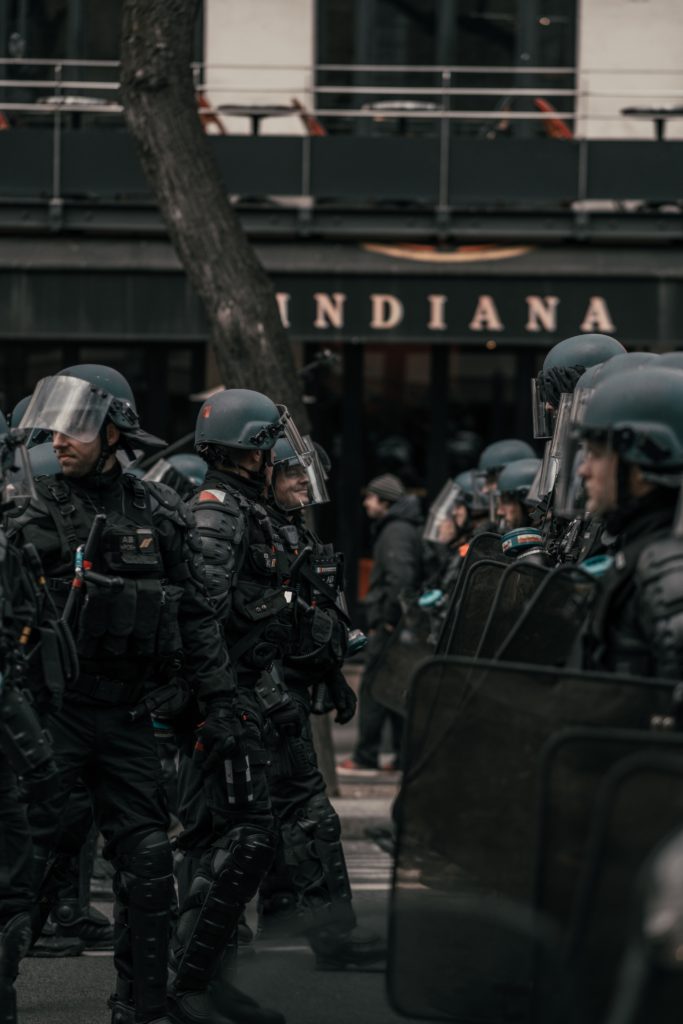
If you’re in the market for military communication devices and you don’t know where to start, you’re in luck. We have some tips that would guide you in the process of your selection.
COMMS PLACEMENT – Mounted vs Under-Helmet
When selecting a communication device, you must consider where you would be placing it. This is largely dependent on the kind of tactical helmet that you’re going to be using. While some helmets such as the FAST helmet and MICH helmet allow you the luxury of under helmet hearing protection, some helmet would require a more overt approach.
However, it still boils to your personal preference and what you would need it for. Sure, there are pros and cons of using it in both ways. Just ensure that you select a method whose cons you can live with.
NOISE REDUCTION RATING
This is the ability of a device to keep our external auditory distractions. This rating is often given by a 3rd part lab just like the ballistic rating from the NIJ. If a comms device doesn’t come with a NRR, just stay away from it!
INGRESS PROTECTION RATING
Often times, this is found near the NRR on the device. This rating stands for the level of water and particle protection of the comms device. For instance, an IP56 rating would mean that the device has 5 rating against particle protection and 6 against water protection. An IPX device stands for waterproof. This is a good option if you’re going to be using the device close to the water.
Follow along with our blog here.

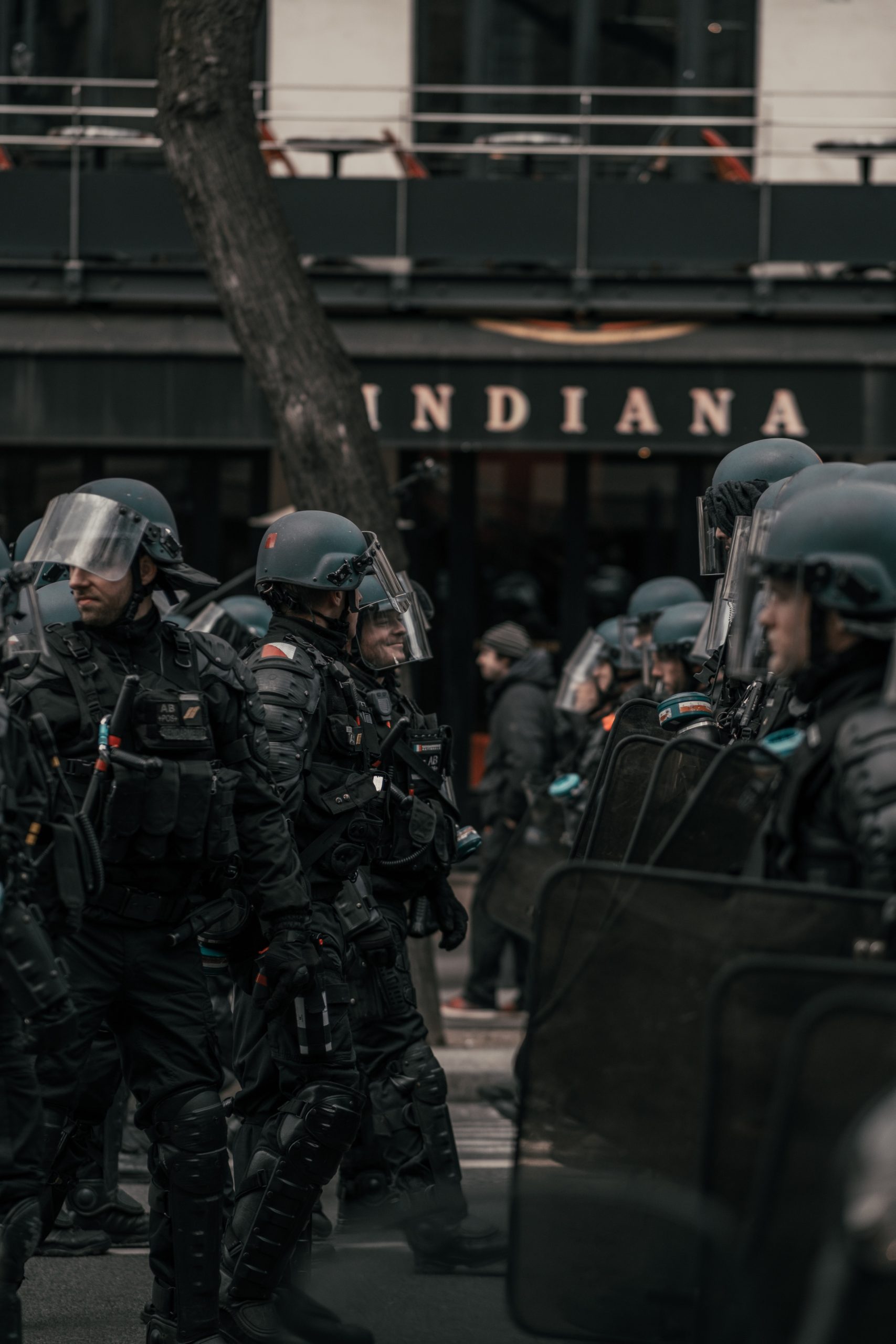
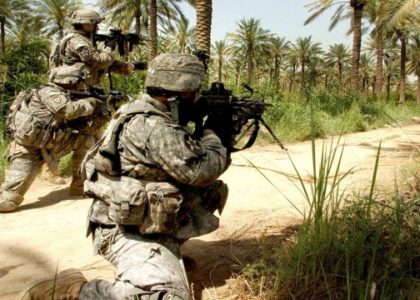
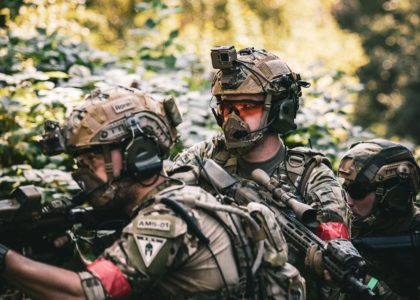
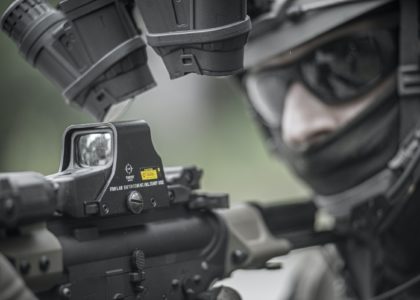
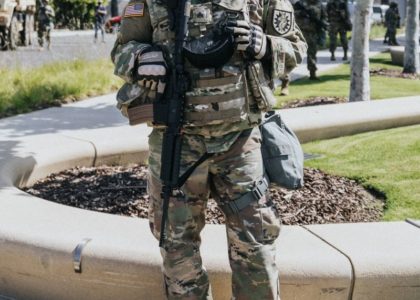
Recent Comments